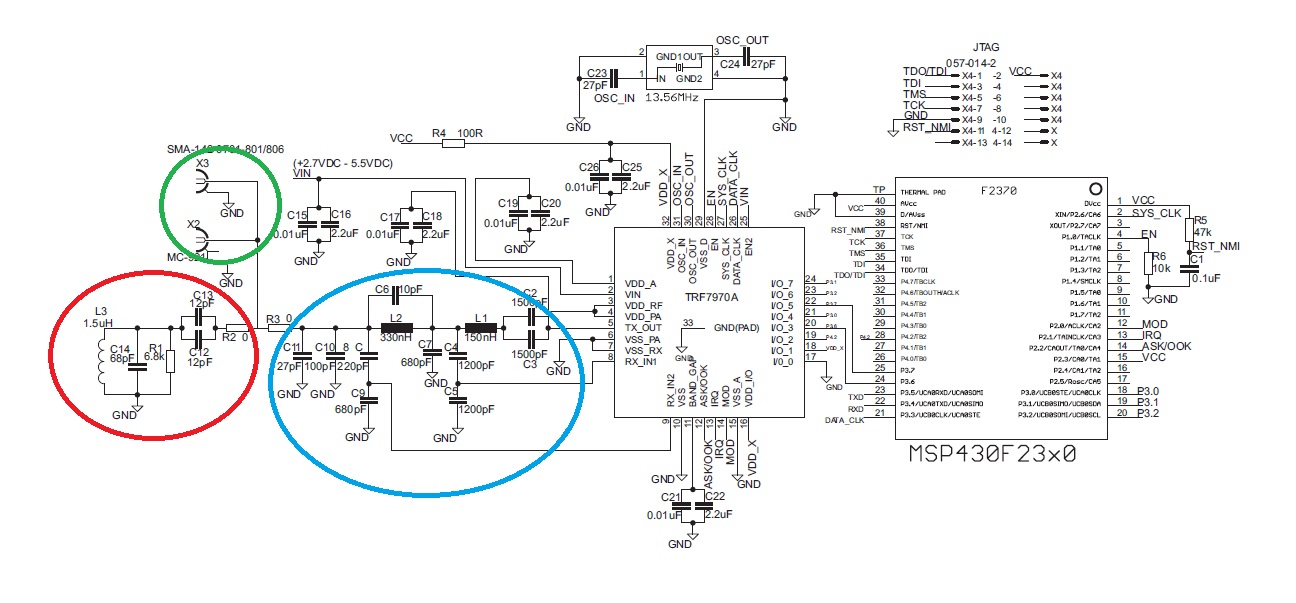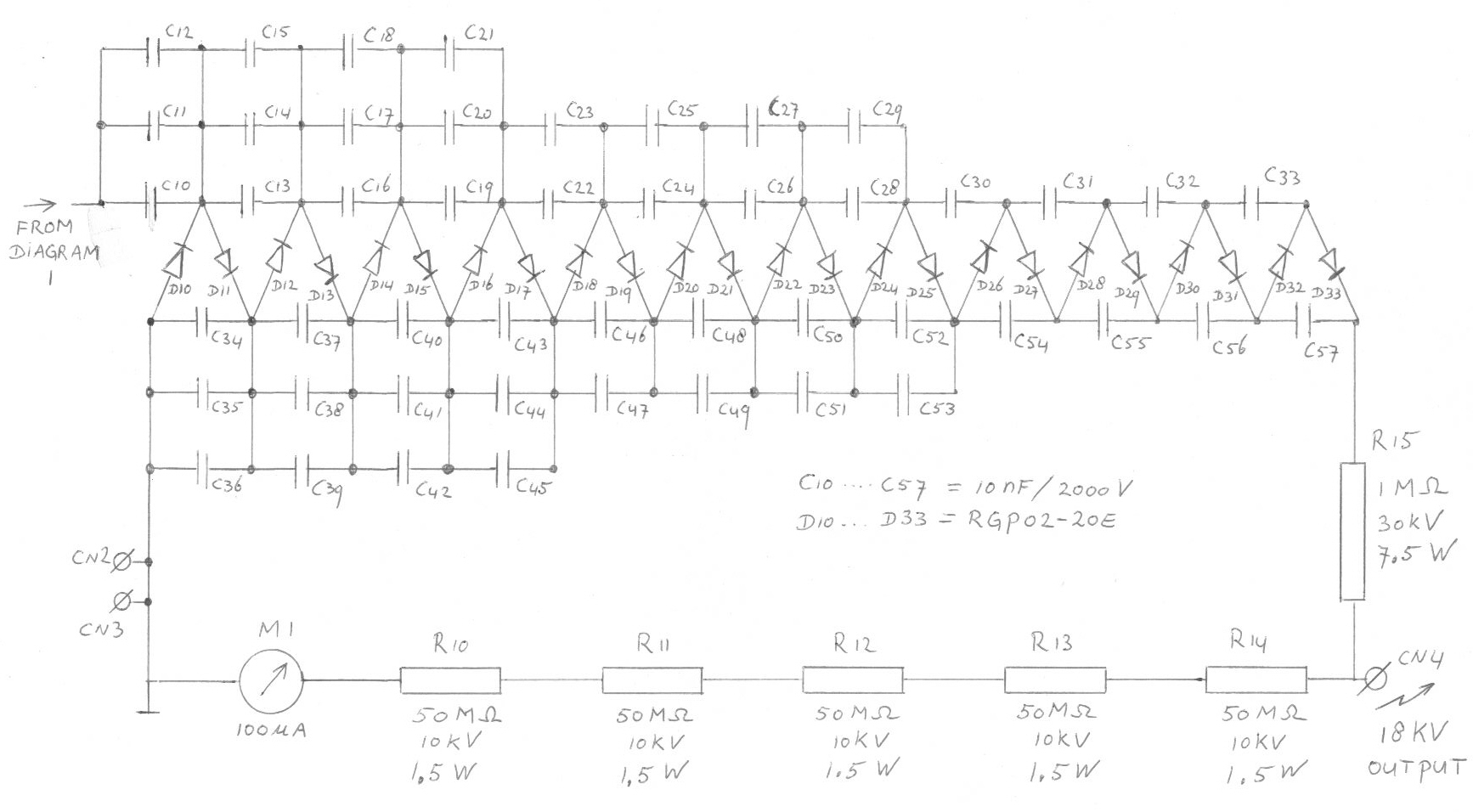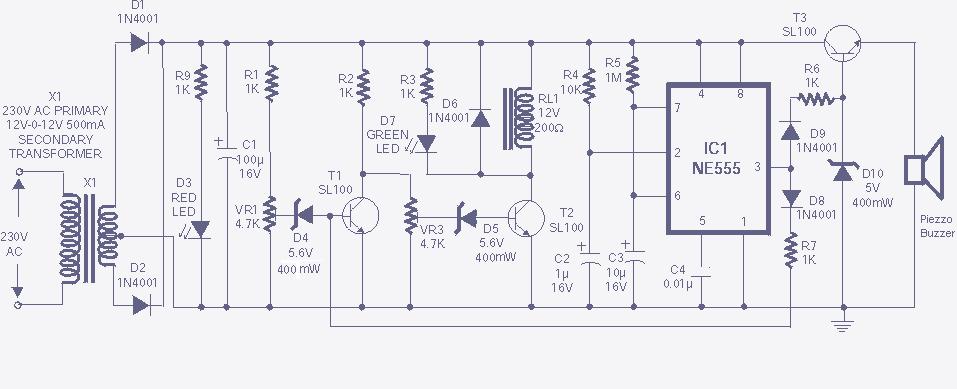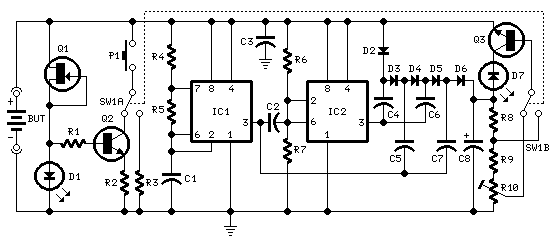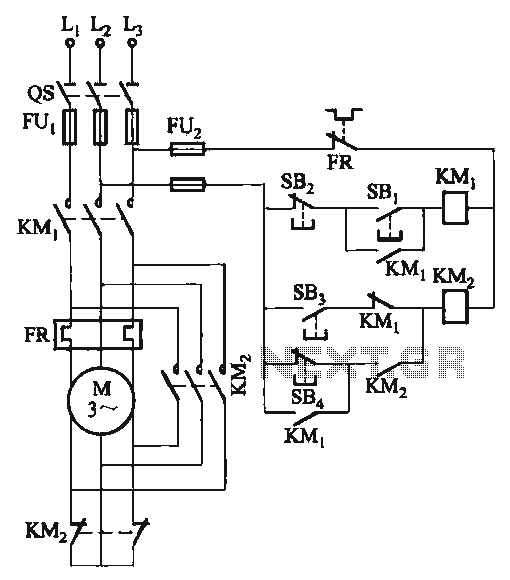
Low power audio amplifier
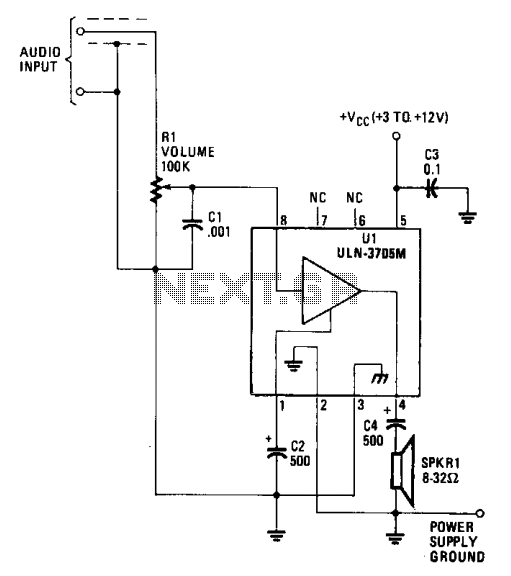
The amplifier functions with supply voltages up to 12 volts and can operate at lower voltages as low as 1.8 volts while maintaining acceptable distortion levels, albeit with reduced volume. Its power requirements make it suitable for applications powered by solar cells. External components to the integrated circuit U1 include four capacitors and a potentiometer for volume adjustment. Capacitor C3 is utilized for decoupling, low-frequency roll-off, and power supply ripple rejection. Capacitor C4 is an electrolytic capacitor that connects the audio output to an efficient speaker with an impedance ranging from 8 to 32 ohms.
The amplifier circuit is designed to provide robust audio amplification while accommodating a wide range of supply voltages, making it versatile for various applications, including those reliant on renewable energy sources like solar panels. The use of a potentiometer allows for user-friendly volume control, enabling adjustments to audio output levels based on user preference or environmental conditions.
Capacitor C3 plays a critical role in maintaining the stability of the amplifier by decoupling high-frequency noise from the power supply, ensuring that the amplifier operates efficiently without interference. Additionally, it contributes to low-frequency roll-off, which helps to prevent unwanted low-frequency signals from affecting the audio quality. The power supply ripple rejection capability of C3 is essential for maintaining clean audio output, especially in environments where power supply fluctuations may occur.
Capacitor C4, being an electrolytic capacitor, is specifically chosen for its ability to handle the coupling of audio signals to the output stage. It is essential for transferring the amplified audio signal to the speaker while blocking any DC component that could potentially damage the speaker. The specified impedance range of 8 to 32 ohms for the speaker ensures compatibility with a variety of speaker types, allowing the amplifier to drive speakers efficiently and produce high-quality sound output.
Overall, the design of this amplifier circuit, with its careful selection of external components, ensures reliable performance across a range of operating conditions, making it suitable for both portable and stationary audio applications.The amplifier operates from supplies ranging up to 12 volts, and operates (with reduced volume) from supply voltages as low as 1.8 volts without having distortion rise to unacceptable levels. (Its power requirements make it suitable for solar-cell application.) Components external to the integrated circuit, Ul, consist of four capacitors and a potentiometer for volume control.
Capacitor C3 is for decoupling, low-frequency roll-off, and power-supply ripple rejection. Capacitor C4 is an electrolytic type that couples the audio output to an 8 to 32 ohm speaker that is efficient.
The amplifier circuit is designed to provide robust audio amplification while accommodating a wide range of supply voltages, making it versatile for various applications, including those reliant on renewable energy sources like solar panels. The use of a potentiometer allows for user-friendly volume control, enabling adjustments to audio output levels based on user preference or environmental conditions.
Capacitor C3 plays a critical role in maintaining the stability of the amplifier by decoupling high-frequency noise from the power supply, ensuring that the amplifier operates efficiently without interference. Additionally, it contributes to low-frequency roll-off, which helps to prevent unwanted low-frequency signals from affecting the audio quality. The power supply ripple rejection capability of C3 is essential for maintaining clean audio output, especially in environments where power supply fluctuations may occur.
Capacitor C4, being an electrolytic capacitor, is specifically chosen for its ability to handle the coupling of audio signals to the output stage. It is essential for transferring the amplified audio signal to the speaker while blocking any DC component that could potentially damage the speaker. The specified impedance range of 8 to 32 ohms for the speaker ensures compatibility with a variety of speaker types, allowing the amplifier to drive speakers efficiently and produce high-quality sound output.
Overall, the design of this amplifier circuit, with its careful selection of external components, ensures reliable performance across a range of operating conditions, making it suitable for both portable and stationary audio applications.The amplifier operates from supplies ranging up to 12 volts, and operates (with reduced volume) from supply voltages as low as 1.8 volts without having distortion rise to unacceptable levels. (Its power requirements make it suitable for solar-cell application.) Components external to the integrated circuit, Ul, consist of four capacitors and a potentiometer for volume control.
Capacitor C3 is for decoupling, low-frequency roll-off, and power-supply ripple rejection. Capacitor C4 is an electrolytic type that couples the audio output to an 8 to 32 ohm speaker that is efficient.
